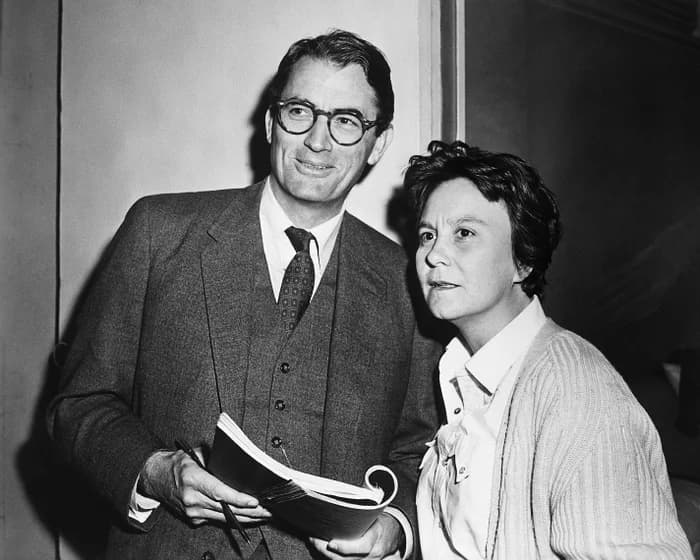Loading News Article...
We're loading the full news article for you. This includes the article content, images, author information, and related articles.
We're loading the full news article for you. This includes the article content, images, author information, and related articles.
Previously unknown narratives by the author of 'To Kill a Mockingbird' are shedding new light on her formative years and creative influences, captivating literary enthusiasts worldwide.

The literary world is abuzz with the discovery of new stories by Harper Lee, the Pulitzer Prize-winning author of 'To Kill a Mockingbird'. These unearthed narratives offer a fresh perspective on Lee's early development as a writer, according to her family. Molly Lee, 77, niece of the late author, fondly recalls her aunt Nelle's captivating storytelling from their home in Alabama. "She was just a great storyteller," Molly Lee stated, highlighting a talent that would later earn her aunt global acclaim.
Harper Lee's 'To Kill a Mockingbird', published in 1960, became an instant success, selling over 42 million copies worldwide. The novel, an American classic, narrates the story of Tom Robinson, a Black man falsely accused of rape, through the eyes of two white children, Jean Louise 'Scout' Finch and her brother Jem.
Before her rise to international fame, Harper Lee was known to her family as an enchanting storyteller. Molly Lee recounts how her aunt would craft tales, often drawing inspiration from British novelist Daphne Du Maurier. "The stories that she told me, she would make them up but they all seemed to be based around, 'It was a dark and stormy night'... It seemed to me they were always on the moor and she would just take me into the dark," Molly Lee shared.
Ed Lee Conner, 77, Harper Lee's cousin, also shared early memories of his aunt from the late 1940s. He recalled her singing in a humorous way, particularly songs from Gilbert and Sullivan's 'The Mikado', a duo Lee reportedly adored throughout her life. These anecdotes suggest that British influences played a significant role in Lee's creative development, despite her roots in Monroeville, Alabama, a region marked by strict racial segregation during her formative years.
The emergence of these new stories is expected to spark renewed interest in Harper Lee's literary legacy and potentially lead to further academic research into her influences and creative process. Literary scholars and fans will be keen to analyse how these earlier works foreshadowed the themes and narrative styles present in 'To Kill a Mockingbird'.
Keep the conversation in one place—threads here stay linked to the story and in the forums.
Other hot threads
E-sports and Gaming Community in Kenya
Active 6 months ago
Popular Recreational Activities Across Counties
Active 6 months ago
The Role of Technology in Modern Agriculture (AgriTech)
Active 6 months ago
Investing in Youth Sports Development Programs
Active 6 months ago